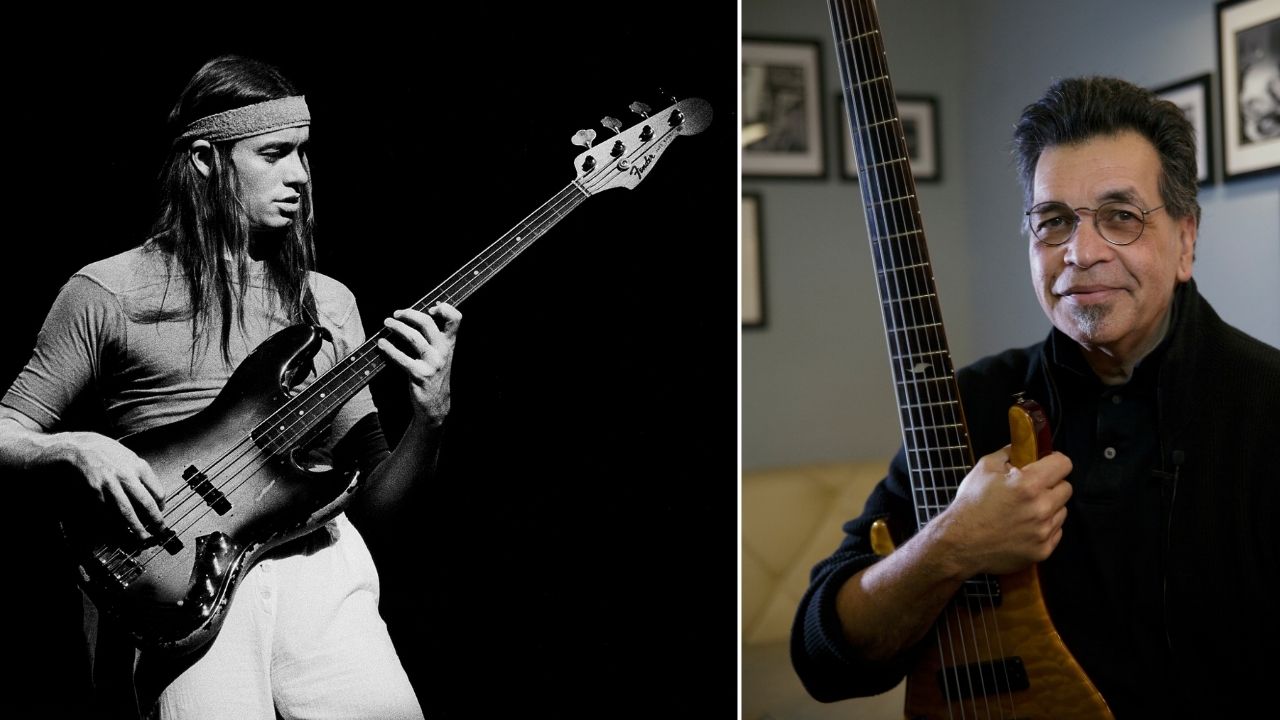“There’s a similarity between metal and bluegrass. The intensity is a common thread”: Bluegrass guitar playing has stepped up a gear – here are 6 blazing guitarists you need to hear (besides Billy Strings and Molly Tuttle)
Drawing from jazz maestros, bluegrass pioneers and virtuosos from metal and rock, these players are taking a traditional art form to the next level with technique, songcraft and soul
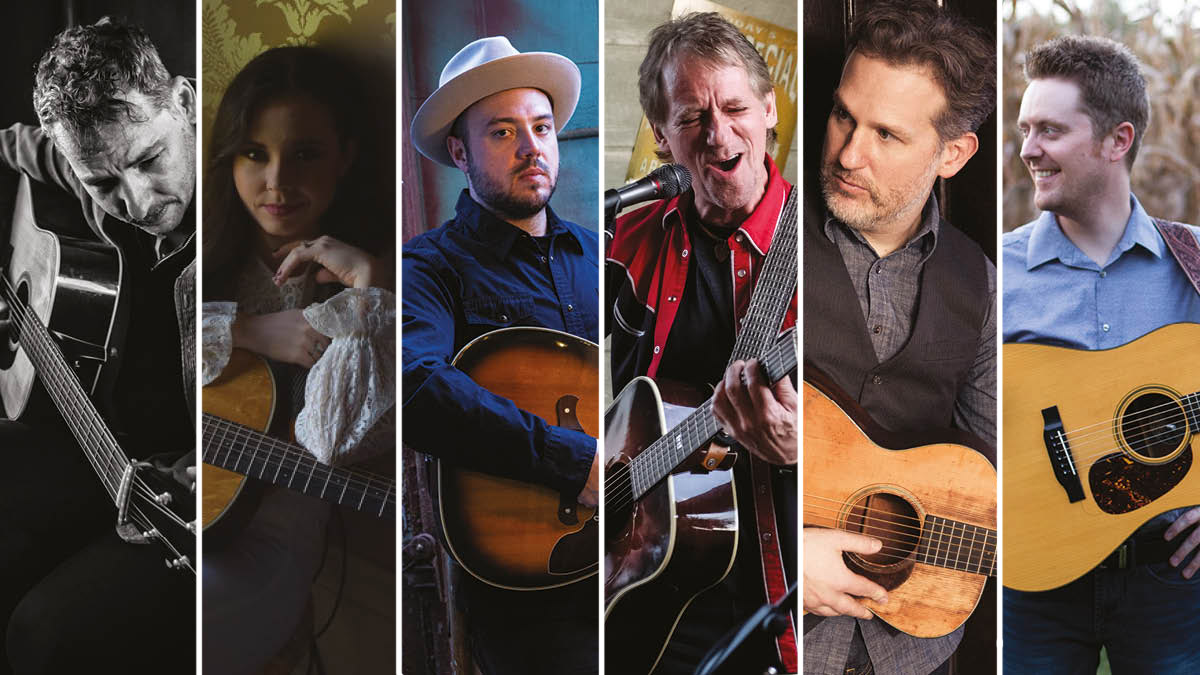
From the iconic roots planted by Bill Monroe to innovators like Billy Strings and Molly Tuttle, bluegrass continues to thrive. The traditions expand, but they never stray far from their foundations.
The genre’s contemporary players are as likely to cite Ralph Stanley as they are Eddie Van Halen among their influences. Selecting only six guitarists to profile was a challenge for Guitar World’s editorial team. Search YouTube to watch these guitarists shine, and each will lead you to more, and more, and more...
1. Brad Davis
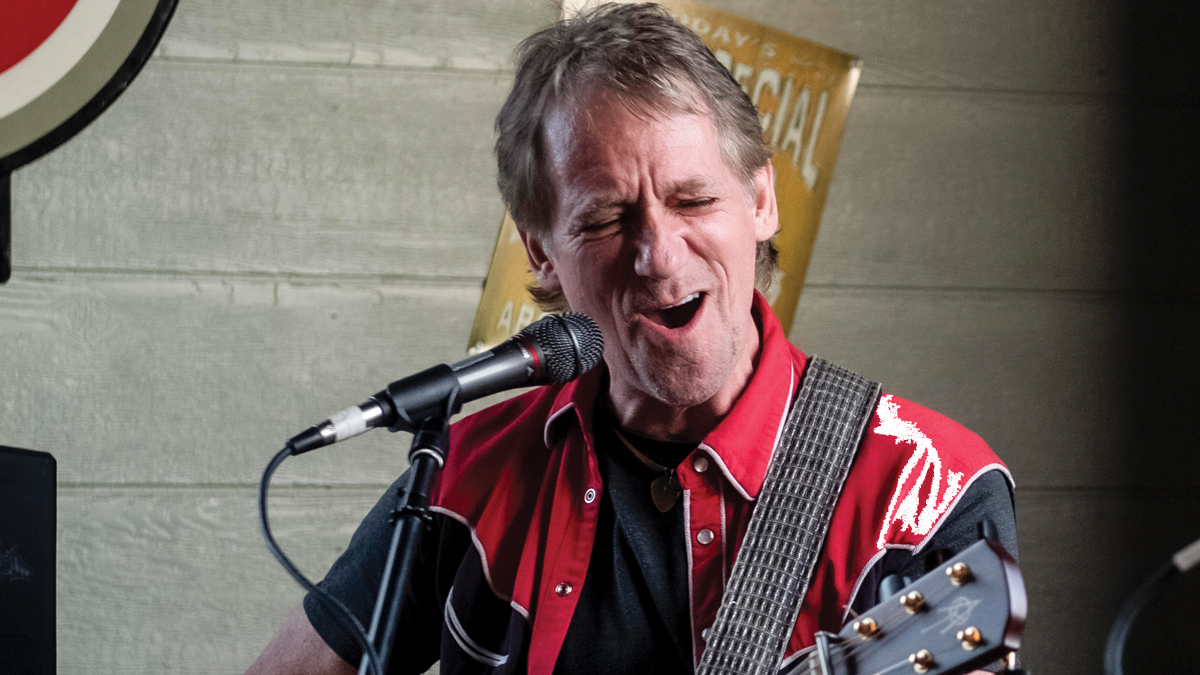
Who He Is: Solo artist, session musician, songwriter, producer, instructor and one of Guitar World’s Greatest Texas Guitarists of All Time. Nicknamed “The Shredder” and recognized for his “double-down-up” technique (a form of economy picking whereby you perform a mini downstroke sweep across two adjacent strings, followed by an upstroke), his credits range from Marty Stuart to David Lee Roth.
Davis’ new trio, with bassist Craig Langford and drummer Stephen Ritter, has been described as “Joe Satriani and Tommy Emmanuel meet Billy Strings.”
What He Does: “My flat-picking family brothers did not accept my playing style. Steve Kaufman spoke against it because he felt I was attempting to replace traditional down-up-down. Joe Carr [Country Gazette], my first real bluegrass teacher, said, ‘What are you doing? Don’t do that. That’s weird!’ I also asked my ’grass guitar hero, Tony Rice, if he used a double-down-up pattern in a repetitive sequence. He said, ‘I use down-down-up-up once in a while, but never in a repetitive sequence.’
“After studying my heroes Rice, [Clarence] White, [Norman] Blake and [Dan] Crary, and even my colleagues [Bryan] Sutton, [Colby] Kilby, [David] Grier and others, I realized I was on an island with this technique. A few years later, Kaufman’s camp attendees requested me to be [part of the] guitar faculty at [Steve Kaufman’s Acoustic Kamp], and Joe Carr hired me to give a double-down-up clinic at Levelland Music College in Levelland, Texas.”
How He Does It: “My technique was influenced by metal/rock, for sure. I stumbled onto my new way of picking with my right hand after hearing Eddie Van Halen’s ripping guitar on Hot for Teacher. I took my flat pick and worked hard to mimic his style.
All the latest guitar news, interviews, lessons, reviews, deals and more, direct to your inbox!
“I was shocked when I saw him solo for the first time on a TV special and realized he was tapping with both hands and not using a flat pick. I also realized my technique was similar to a drummer’s paradiddle.
“Being a session guitarist for so many years is an incredible opportunity, no doubt, and required me to play a myriad of styles to meet the needs of the song and producer. My session work created a lot of confusion for me.
“I was all over the place with tracking records for other artists, and I knew I needed to focus on my technique, but the bills have to be paid, right? This manifestation moment raised its head back when I began working for Sam Bush. Sam wanted me to ‘expand the use of my technique, be myself and rock ’n’ roll.’ I am so looking forward to shredding up the future.”
2. Andy Falco
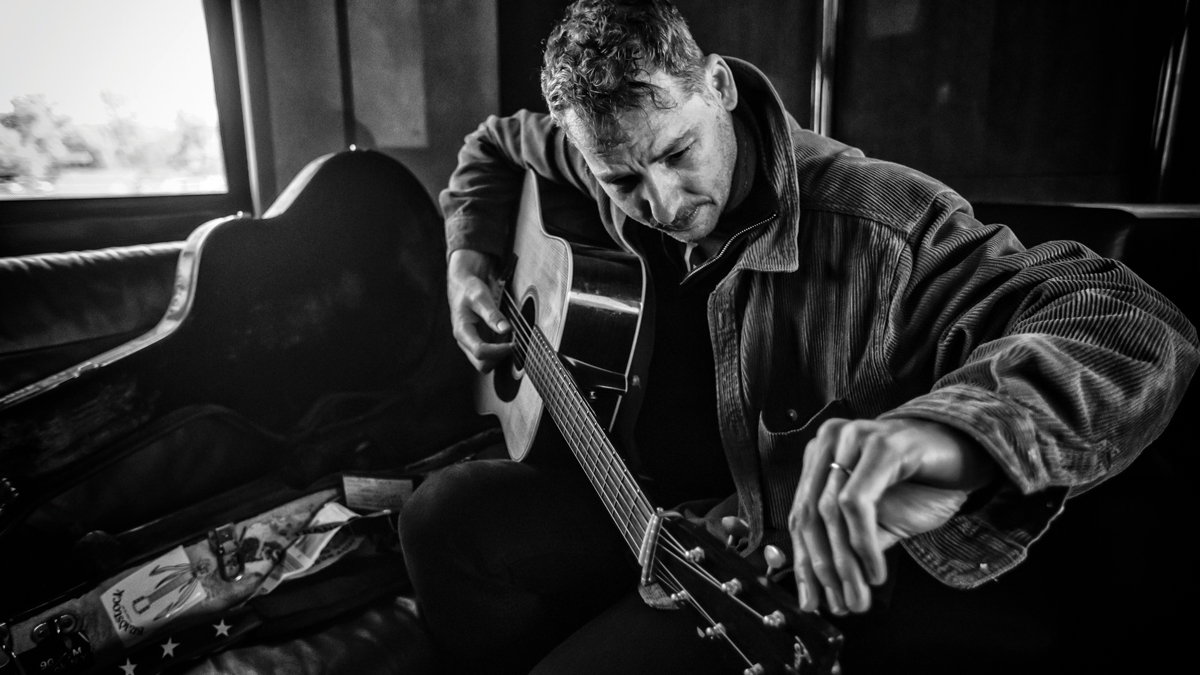
Who He Is: Guitarist, singer, songwriter, producer and one-fifth of Grammy winners the Infamous Stringdusters. Most recent solo album: The Will of the Way. With the Stringdusters: Toward the Fray.
What He Does: “I’d say my style is less of the delicate, floaty type of bluegrass guitar playing and more of an all-in approach. I like to really dig in, which probably comes from all the years playing on a microphone in loud bars where you had to play hard to be heard.
“I developed my style by playing as much as I could at jam sessions and gigs. Every social event or family gathering at the time would have a jam session involved. I’m lucky to have two brothers who also play, so there was always an opportunity to play with people.
“I never quite engaged in the discipline of learning someone’s entire solo, although that is a really great way to learn. I would take bits and pieces of things I heard that sounded cool to me, like maybe the way someone played over a certain change or something, then I would incorporate that into my solos. I was gigging a lot at night and working during the day at that time.
“I didn’t really have time to woodshed full solos, so I would work on just the phrases that sounded particularly special and different to me, and learn just enough to get a little of that particular flavor to add to my vocabulary. On the gig or in a jam I would try to fit it in, and usually it would morph into its own lick by the time it became part of my musical lexicon.”
How He Does It: “I came to bluegrass in my late 20s, which is probably much later compared to most in the genre. Until then, I was playing mostly electric guitar influenced by the Grateful Dead, the Beatles, the Allman Brothers Band, Jimi Hendrix, etc., which led me to the blues.
“I got into artists like B.B. King, Buddy Guy, Albert King, Freddie King, and then David Bromberg, who, probably along with Jerry Garcia, were my first connectors to bluegrass. I got turned on to Michael Bloomfield, who became my favorite and was a huge influence on my electric style.
Now I feel like my acoustic and my electric playing are not separate, but one and the same
Andy Falco
“When I started really playing bluegrass, I was trying to shed the blues and rock parts of me to sound like a bluegrass guitar player. Eventually I realized it was all a part of my musical DNA, and fusing those styles into my bluegrass playing was actually a good thing and helped me find my own sound, my own unique voice.
“Now I feel like my acoustic and my electric playing are not separate, but one and the same, and whatever I’m playing, I try my best to serve the song, which is always the most important part of the job.”
3. Trey Hensley
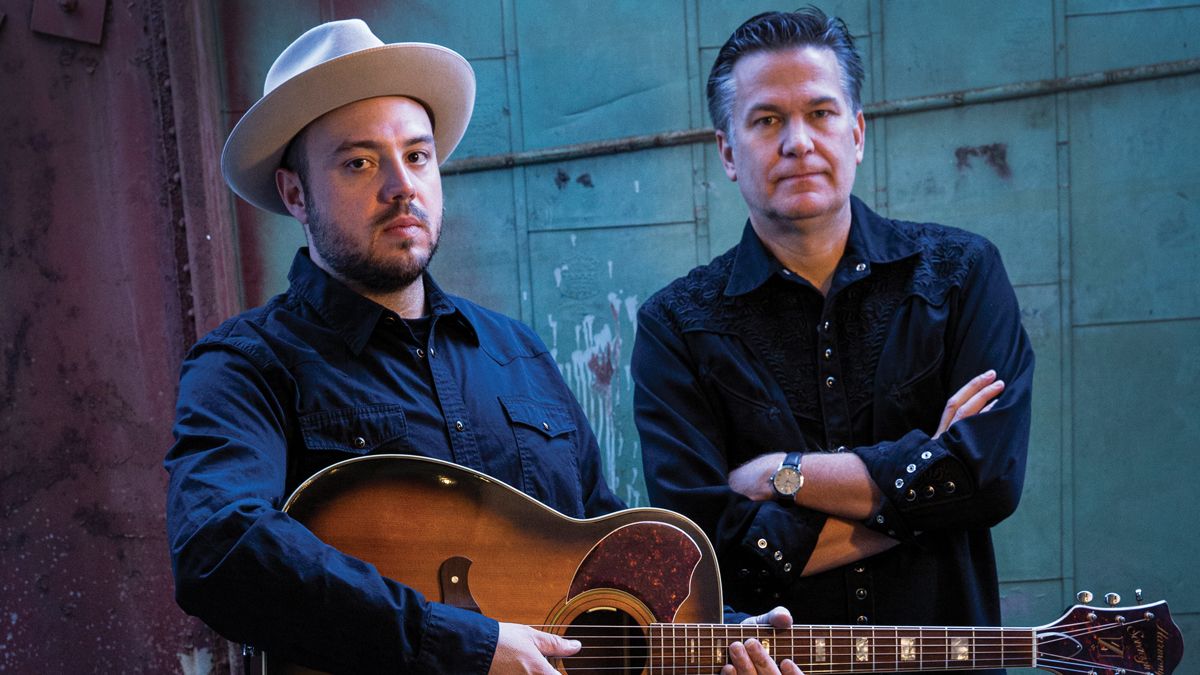
Who He Is: Guitar prodigy, instructor, International Bluegrass Music Awards nominee, vocalist and songwriter who made his Grand Ole Opry debut at age 11. Half of acoustic duo Rob & Trey with Rob Ickes, the 15-time International Bluegrass Music Association Dobro Player of the Year. Their new album, Living in a Song, arrived February 10.
What He Does: “I would classify my style as mostly traditional bluegrass flatpicking. I grew up listening to a lot of the greats – Doc Watson, Maybelle Carter, Tony Rice, Larry Sparks – and trying to play those licks from listening to records. Starting in my teen years, I became pretty obsessed with metal. Since then, I have been hugely influenced by metal and metal guitar players.
“My introduction to heavier guitar playing was through a friend letting me borrow his iPod with a Van Halen album cued up. I started digging from that point on and got way into Randy Rhoads through Ozzy Osbourne, Marty Friedman through Megadeth, Adrian Smith and Dave Murray with Iron Maiden, Dimebag Darrell and, of course, players like Zakk Wylde, Steve Vai, Kirk Hammett and James Hetfield, and the original legends like Tony Iommi and Ritchie Blackmore.
“I’m a big Slayer-head, too, and also got way into bands like Converge, the Dillinger Escape Plan, Revocation, Mastodon and Power Trip several years ago.”
How He Does It: “I definitely feel like that metal guitar style of playing started influencing my playing, kind of by osmosis. I play by ear and can’t read music or tablature, so I just like to absorb what I’m listening to and see if it comes out in my playing.
“I still listen to so much metal that it just sneaks into my playing. I’ve always wanted to sit down and formally learn how to really play metal guitar and start a band, but I think I’ll stick to the acoustic for the time being! I definitely feel there is a similarity in metal and bluegrass, especially for guitarists. There’s an intensity to it that seems like a common thread in both styles.”
Sierra Hull

Who She Is: Singer, songwriter, multi-instrumentalist and featured demo artist for Guitar World. Made her Opry debut at age 10, played Carnegie Hall at 12 and signed a record deal a year later. Two-time Grammy nominee and four-time winner of IBMA Mandolin Player of the Year. Most recent release: 25 Trips.
What She Does: “I grew up very much surrounded by bluegrass musicians playing the traditional repertoire – fiddle tunes, songs of Bill Monroe, Flatt and Scruggs, the Stanley Brothers, etc. It gave me a great foundation to really fall in love with and learn the roots of the music, while at the same time I was hearing and discovering more modern influences of the time like Alison Krauss, Bêla Fleck and Nickel Creek.
“When I think of my own playing, it really is a combo of those worlds. I may have a more modern, clean sound as a player overall, but without the influence of the first-generation bluegrassers, I certainly wouldn’t have the same foundation as a musician.”
How She Does It: “Yes to other genre influences for sure, though not specifically metal. Maybe one day I’ll do a deep dive there! It’s funny, though, because metal, bluegrass, classical, jazz – so much of the energy and skill of these musical forms are the same.
“To the listener, they are quite different on the surface, but the technicality, rhythmic importance and musical expression through either improv or interpretation that it takes to play these genres well is shared.
“I love all types of music and try to really be an open-minded listener to a vast variety of styles. I am a believer that everything we listen to and learn comes back out in the music we make in one form or another.”
5. Bryan Sutton
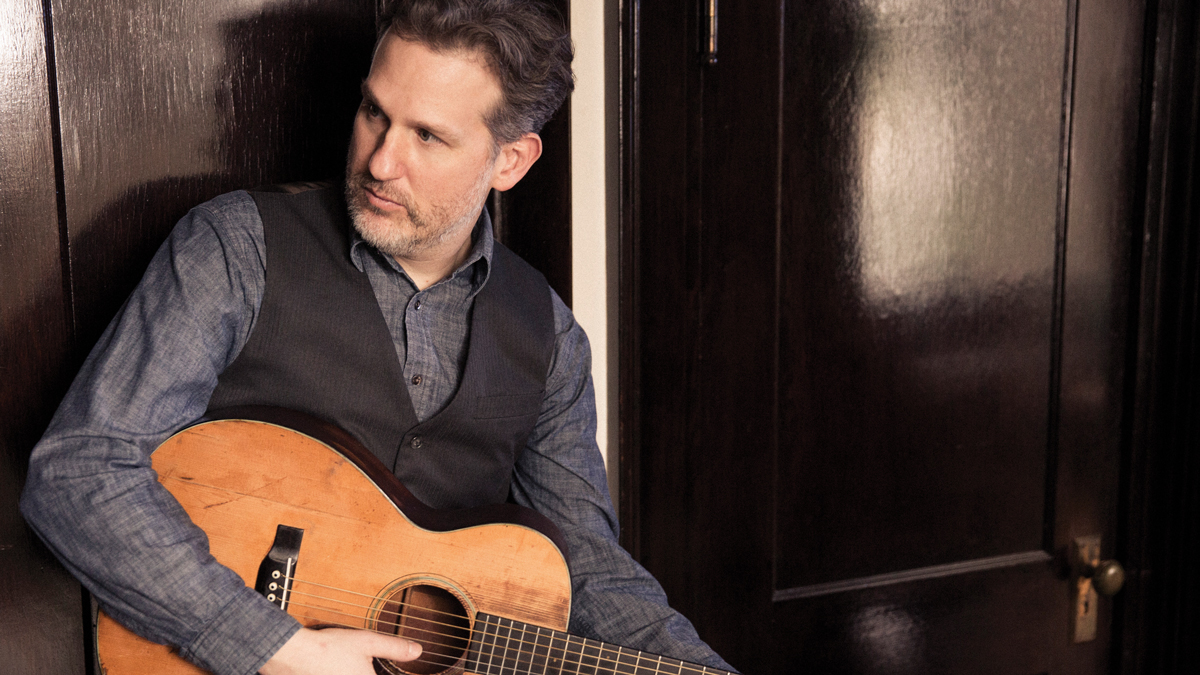
Who He Is: Bandleader, producer, ArtistWorks instructor, mentor, studio musician, solo artist, Grammy winner and nine-time IBMA Guitar Player of the Year. Most recent release: The More I Learn.
What He Does: “I’d describe my stylistic goals as a blend of influence from Doc Watson, Tony Rice and Norman Blake, along with my own improvisational sense. The influence from these icons of the style help me with things like tone, groove and overall musicality. My improvisational voice is something that’s always changing and hopefully growing and maturing.”
How He Does It: “I’m a huge fan of all guitar styles and enjoy allowing what I pick up from other styles to find their way into my playing. To just name a few, I’m such a fan of Eddie Van Halen’s freedom and power, Julian Lage’s playfulness and vulnerability and James Hetfield’s rhythmic fire and groove.”
6. Jake Workman
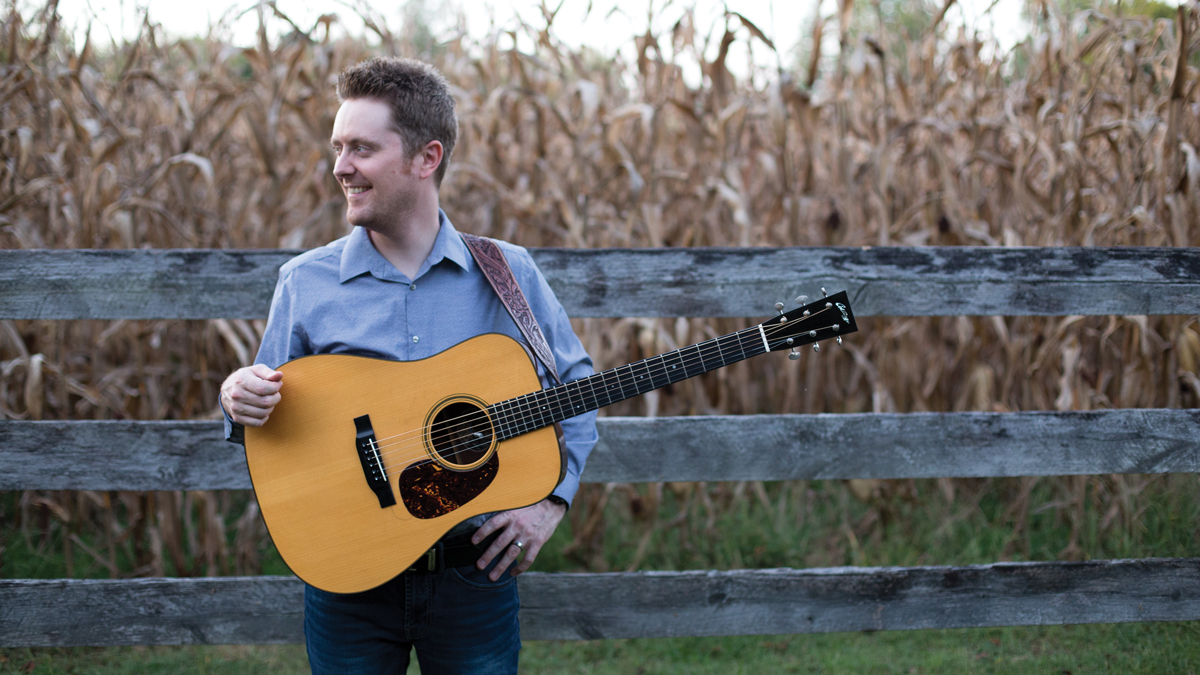
Who He Is: Lead guitarist for Ricky Skaggs’ Kentucky Thunder, multiple IBMA winner, solo artist, songwriter, educator, studio musician, multi-instrumentalist. Graduate of University of Utah with a degree in Jazz Guitar Performance. Most recent release: Landmark.
What He Does: “My bluegrass playing style definitely isn’t a clone of any other player, though it honors the bluegrass tradition well in its own way, I feel. I’ve absolutely listened to and studied my favorite bluegrass players over the years – Tony Rice, Doc Watson, Norman Blake, Bryan Sutton, Kenny Smith, David Grier, Cody Kilby, to name a few – but was never wanting to become any one of them too closely.
“I rarely transcribed any of their solos in high detail; I would rather take more of the gist and then make things my own. Doing this also allowed me to incorporate my influences from other genres. Before I played bluegrass, I was big into classic rock – anything from the Beatles and Creedence Clearwater Revival to AC/DC and Van Halen. I loved the ’80s shredders while in high school – Eddie, John Petrucci, Steve Vai, Eric Johnson and many more.”
How He Does It: “I’m a huge fan of electric guitar playing in general. I’m intrigued by the possibilities for creative phrasing, the speed potential and the big stretches in the left hand. One way my bluegrass playing is unique is because of the long three- and/or four-note-per-string licks I’ll throw in. I find them very useful for playing quick bluegrass runs, as they allow you to stay more linear, which can be helpful for playing at quick tempos.
“I also love gypsy jazz music and Irish music; honestly, so many of the various kinds of European music styles mesmerize me. The gypsy jazz right-hand technique showed me more about how to acquire big volume and tone with smart right-hand movement.
“I watched players like Bireli Lagrene, Gonzalo Bergara and Joscho Stephan on YouTube and listened to Django [Reinhardt] for some inspiration pretty regularly as I was also studying bluegrass.
“I know musical and technical ideas spread back and forth naturally. I’m fascinated by the tenor banjo players in Irish music, such as Enda Scahill and Gerry O’Connor. The way they incorporate triplets and the various ornaments is super cool and can apply very well to bluegrass tunes as well.
“There are so many great genres of music out there. I’m constantly encouraging my students to listen to anything and everything that intrigues them. If they are studying bluegrass, I will, of course, recommend first to get a solid grip on the bluegrass playing that has come before – so much to study there – so that they can truly honor that tradition, but also encourage them to make things their own too. Borrowing ideas from these other genres is a great way to do that.”
“I watched players like Bireli Lagrene, Gonzalo Bergara and Joscho Stephan on YouTube and listened to Django [Reinhardt] for some inspiration pretty regularly as I was also studying bluegrass. I know musical and technical ideas spread back and forth naturally.
“I’m fascinated by the tenor banjo players in Irish music, such as Enda Scahill and Gerry O’Connor. The way they incorporate triplets and the various ornaments is super cool and can apply very well to bluegrass tunes as well.
There are so many great genres of music out there. I’m constantly encouraging my students to listen to anything and everything that intrigues them
Jake Workman
“There are so many great genres of music out there. I’m constantly encouraging my students to listen to anything and everything that intrigues them. If they are studying bluegrass, I will, of course, recommend first to get a solid grip on the bluegrass playing that has come before – so much to study there – so that they can truly honor that tradition, but also encourage them to make things their own too. Borrowing ideas from these other genres is a great way to do that.”
Alison Richter is a seasoned journalist who interviews musicians, producers, engineers, and other industry professionals, and covers mental health issues for GuitarWorld.com. Writing credits include a wide range of publications, including GuitarWorld.com, MusicRadar.com, Bass Player, TNAG Connoisseur, Reverb, Music Industry News, Acoustic, Drummer, Guitar.com, Gearphoria, She Shreds, Guitar Girl, and Collectible Guitar.
